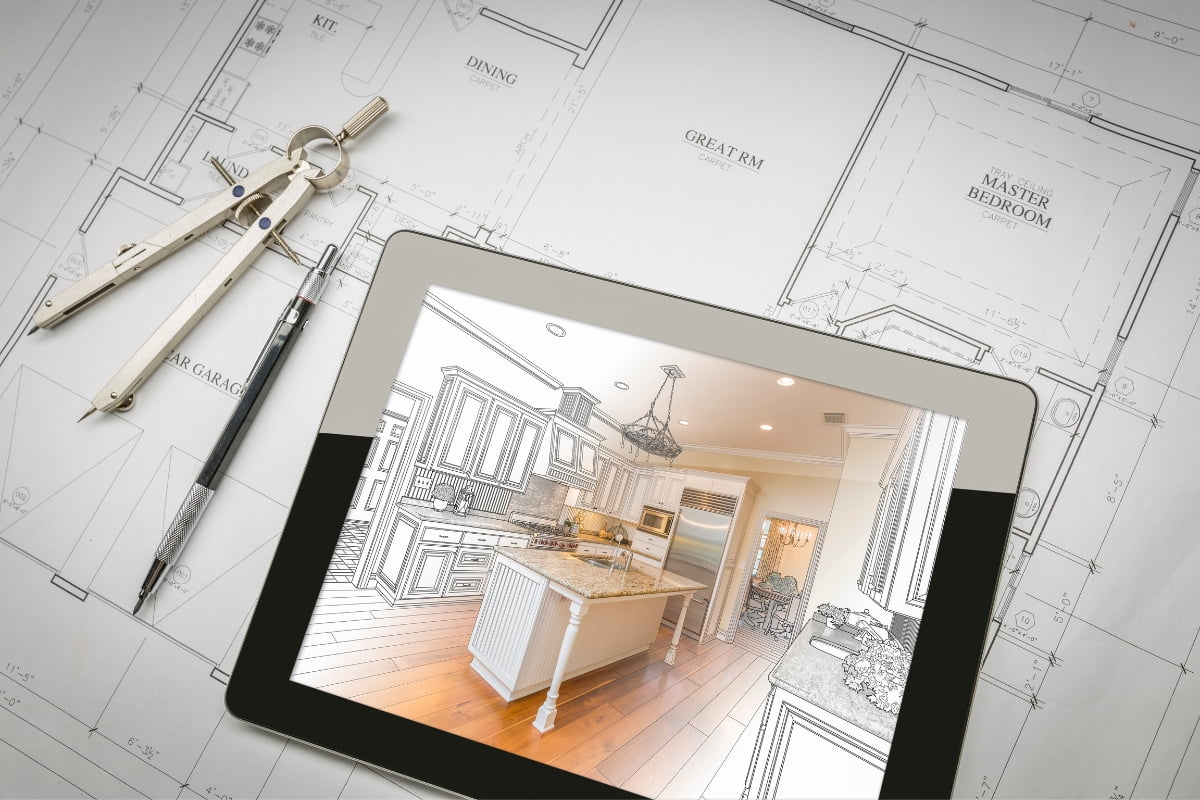Healthy home design is revolutionizing the way we think about our living spaces, prioritizing wellness, sustainability, and comfort. In this guide, we’ll explore the latest trends in healthy home design and how these innovations can transform your living spaces into healthier, more enjoyable places to live.
Whether you’re building a new home or renovating your current space, discover how thoughtful wellness interior design choices can elevate your home’s atmosphere, promote a healthier lifestyle, and contribute to a sustainable future.
Ready for a Healthier Lifestyle? Discover Wellness Design Ideas!
Harnessing Natural Light for Well-Being
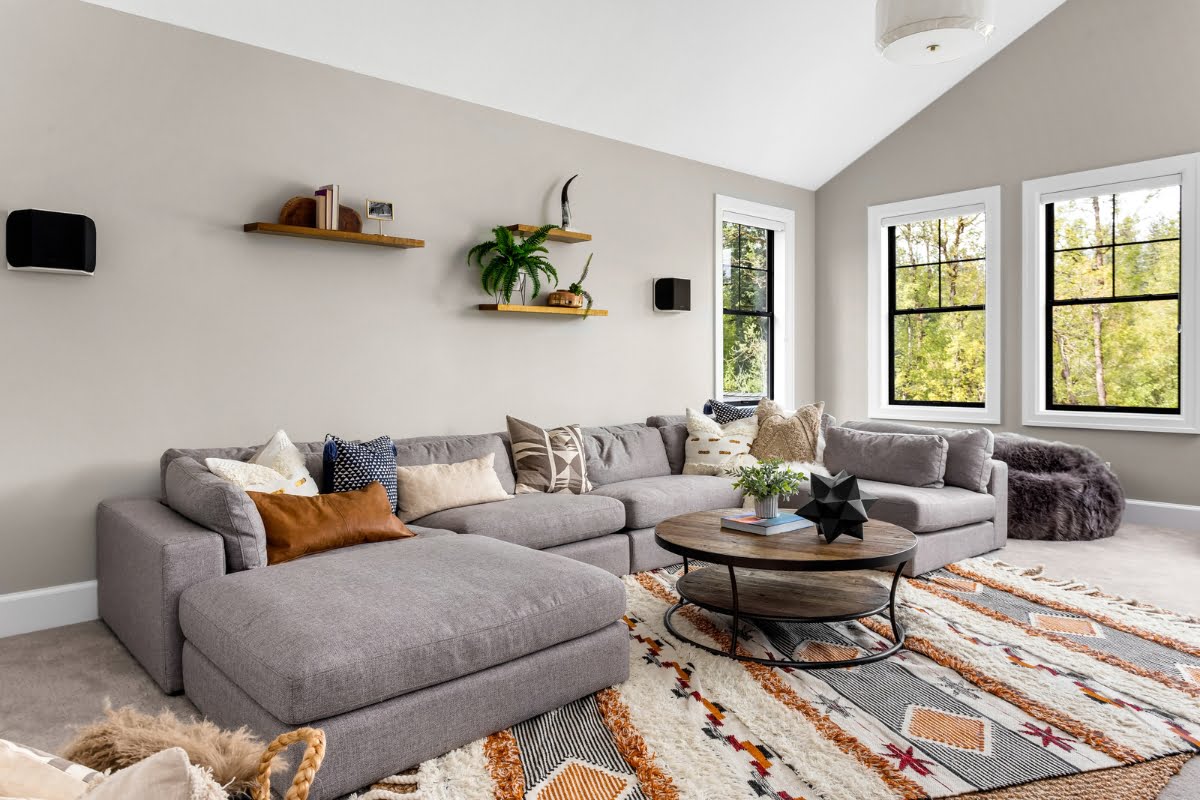
One of the key principles of healthy home design is harnessing natural light to promote well-being. Natural light has a multitude of benefits for our physical and mental health.
It helps regulate our circadian rhythm, which in turn improves our sleep patterns and overall mood. Exposure to natural light also boosts the production of vitamin D in our bodies, which is essential for bone health and immune function.
When designing your living space with a healthy home design in mind, consider incorporating large windows or skylights that allow ample natural light to flood into your home. Positioning these windows strategically can maximize the amount of sunlight that enters your space throughout the day. Not only will this reduce your reliance on artificial lighting, but it will also create a warm and inviting atmosphere.
In addition to optimizing window placement, you can also use reflective surfaces such as mirrors or light-colored walls to bounce natural light around the room. This technique can make smaller spaces appear larger and brighter. Another option is to use sheer curtains or blinds that allow sunlight to filter through while still providing privacy.
By embracing natural light in your home design, you’ll not only create a visually appealing space but also promote a healthier lifestyle for yourself and your family.
Enhancing Indoor Air Quality with Innovative Systems
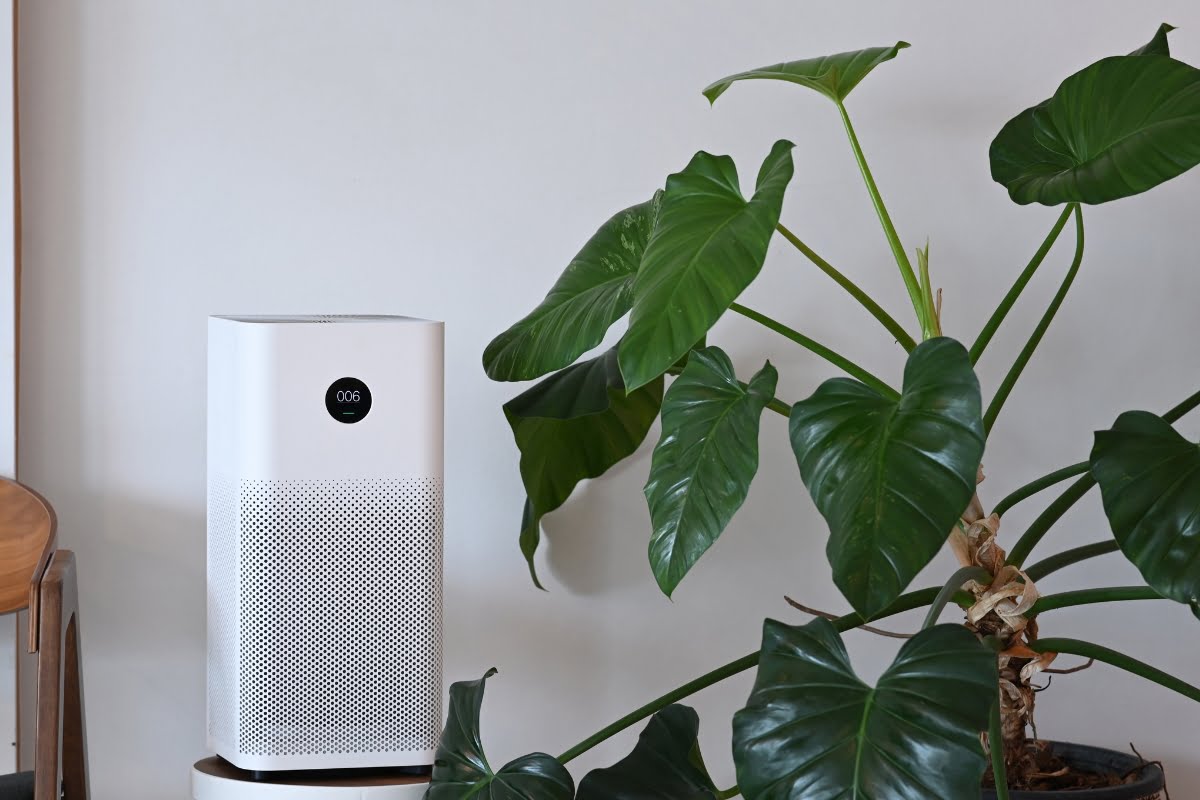
Poor indoor air quality can have detrimental effects on our health, leading to respiratory issues, allergies, and other ailments. In contrast, clean and fresh air promotes better breathing and overall well-being.
To improve indoor air quality in your home, consider incorporating innovative systems such as air purifiers or ventilation systems. These technologies remove pollutants, allergens, and toxins from the air, ensuring that you breathe clean and healthy air indoors.
In addition to investing in these systems, it’s also important to choose building materials and furnishings that are low in volatile organic compounds (VOCs). VOCs are chemicals found in many household products that can release harmful gases into the air. Opting for natural and eco-friendly materials can significantly reduce the presence of these toxins in your home.
Regular maintenance, such as cleaning air filters and ensuring proper ventilation, is crucial for maintaining good indoor air quality.
Creating Tranquil and Noise-Free Spaces

In our busy lives, finding moments of tranquility and peace is essential for our mental well-being. Creating noise-free spaces within your home can provide a much-needed retreat from the hustle and bustle of daily life.
When designing your living space, consider incorporating soundproofing techniques to minimize external noise. This can include using double-glazed windows, insulating walls, or adding acoustic panels to absorb sound. Additionally, choosing noise-reducing materials such as carpets or cork flooring can help create a quieter environment.
Another way to create tranquil spaces is by incorporating elements of nature into your design. Indoor plants not only add beauty to your home but also have a calming effect on our minds. The presence of greenery has been shown to reduce stress levels and improve overall well-being.
Integrating Biophilic Design for Connection to Nature
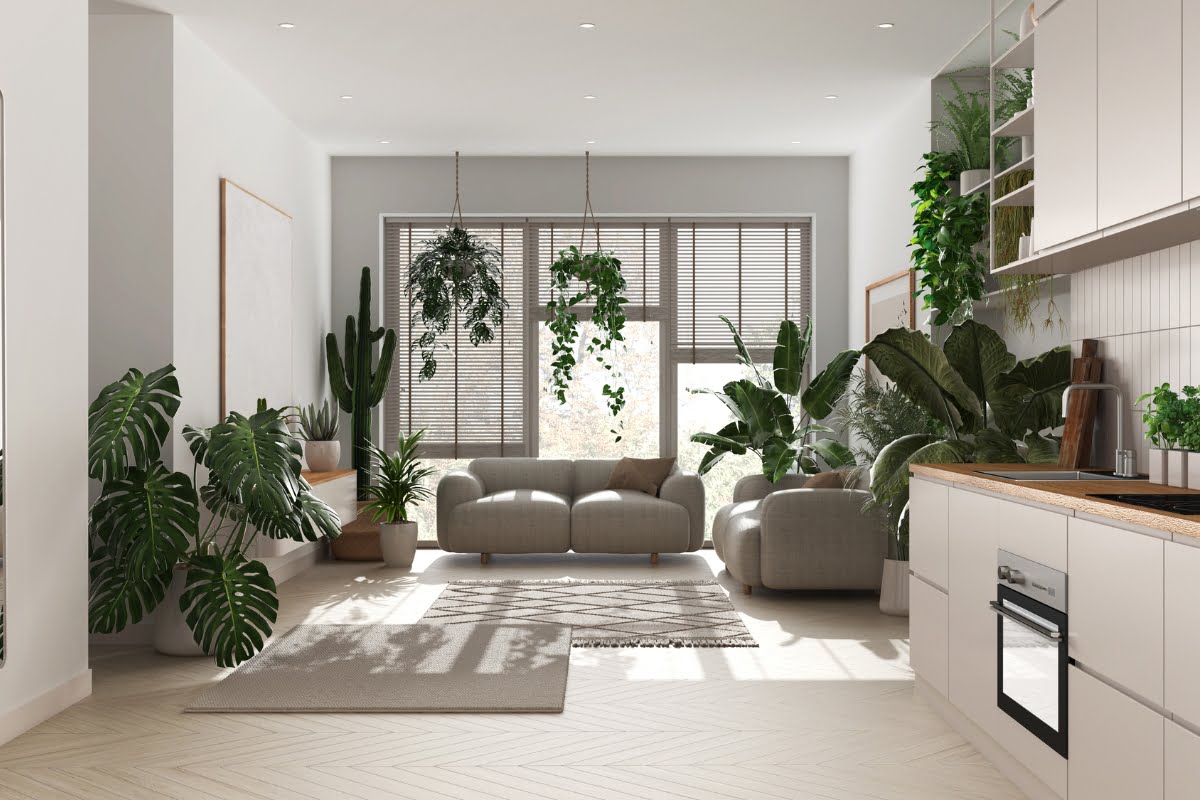
The concept of biophilic design recognizes our innate connection with nature and seeks to incorporate natural elements into our built environments. Numerous benefits have been demonstrated for our well-being through this method, such as decreased stress, enhanced cognitive abilities, and boosted productivity.
When implementing biophilic design principles in your home, consider incorporating elements such as natural materials like wood or stone, indoor plants, and views of nature through windows or skylights. These elements can create a sense of calm and connection to the natural world.
You can also bring nature indoors by creating living walls or vertical gardens. These installations not only add visual interest but also improve air quality by filtering pollutants and increasing oxygen levels.
Incorporating Active Design Elements for Physical Health
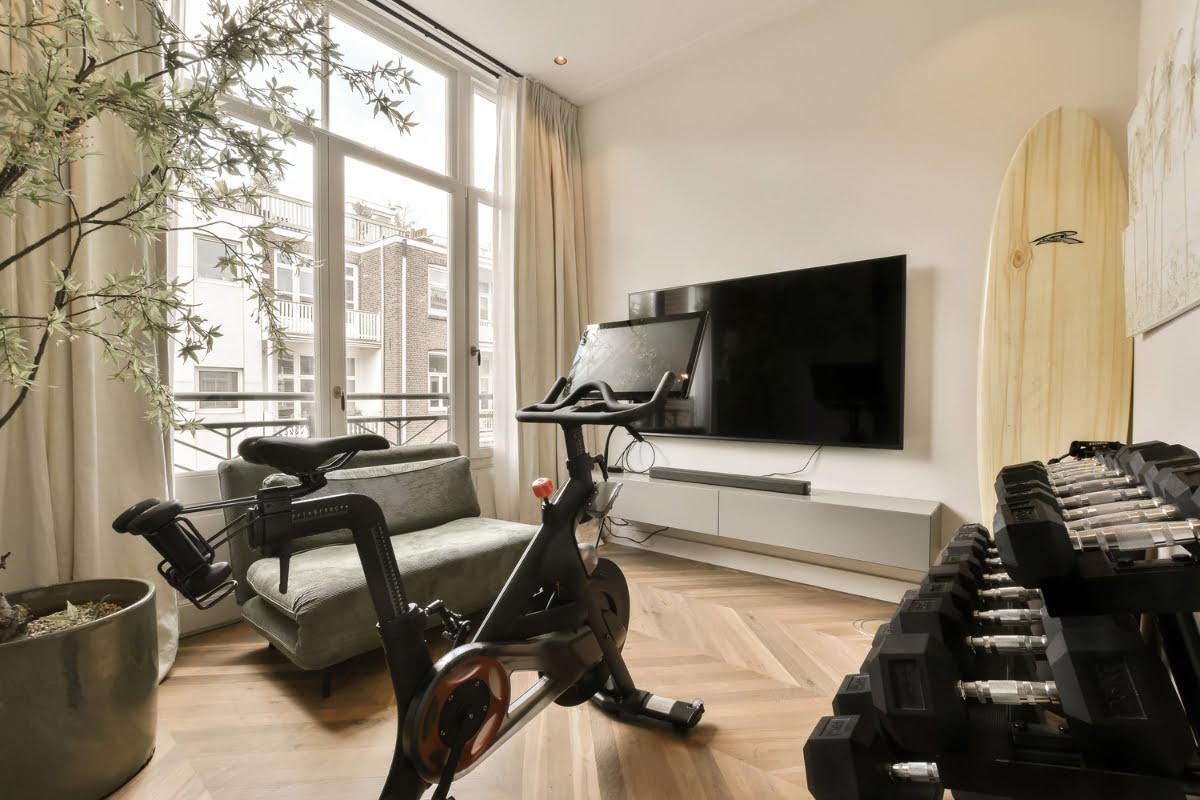
A sedentary lifestyle has been linked to various health issues such as obesity, cardiovascular disease, and musculoskeletal problems. Incorporating active design elements into your home can help combat these risks by encouraging physical movement and activity.
When designing your living space with physical health in mind, consider incorporating features such as a home gym or exercise room. This dedicated space will provide you with the convenience of exercising at home and eliminate the need for costly gym memberships.
You can also create opportunities for movement throughout your home by incorporating features like staircases instead of elevators or escalators. Stairs encourage regular physical activity and help strengthen muscles.
In addition to these larger-scale additions, consider smaller design choices that promote movement. For example, placing furniture strategically to encourage walking or stretching breaks during the day can make a significant difference in your overall activity level.
Smart Technologies for a Healthier Home Environment

The advancement of technology has led to the development of smart innovations that can significantly improve our living spaces and contribute to a healthier home environment. These smart technologies offer more than just convenience; they enhance energy efficiency, promote well-being, and create an optimized living experience.
One notable example is the smart thermostat, a staple in modern healthy home design. Smart thermostats not only allow precise control of temperature and humidity but can also adapt to your daily routine, improving indoor air quality and reducing the risk of mold and mildew by maintaining consistent humidity levels. By managing heating and cooling systems more efficiently, they also contribute to energy savings.
Smart lighting systems are another key technology that promotes health. These systems can be programmed to mimic natural light cycles, adjusting brightness and color temperature throughout the day to support your circadian rhythm. This helps improve mood, focus, and sleep quality.
Additionally, smart appliances like air purifiers, humidifiers, and water filtration systems actively remove pollutants, allergens, and contaminants, ensuring cleaner air and water for your household. By integrating these technologies, you create a home environment that supports both comfort and health, while promoting sustainability and energy efficiency.
Mindful Material Selection for Sustainability and Wellness
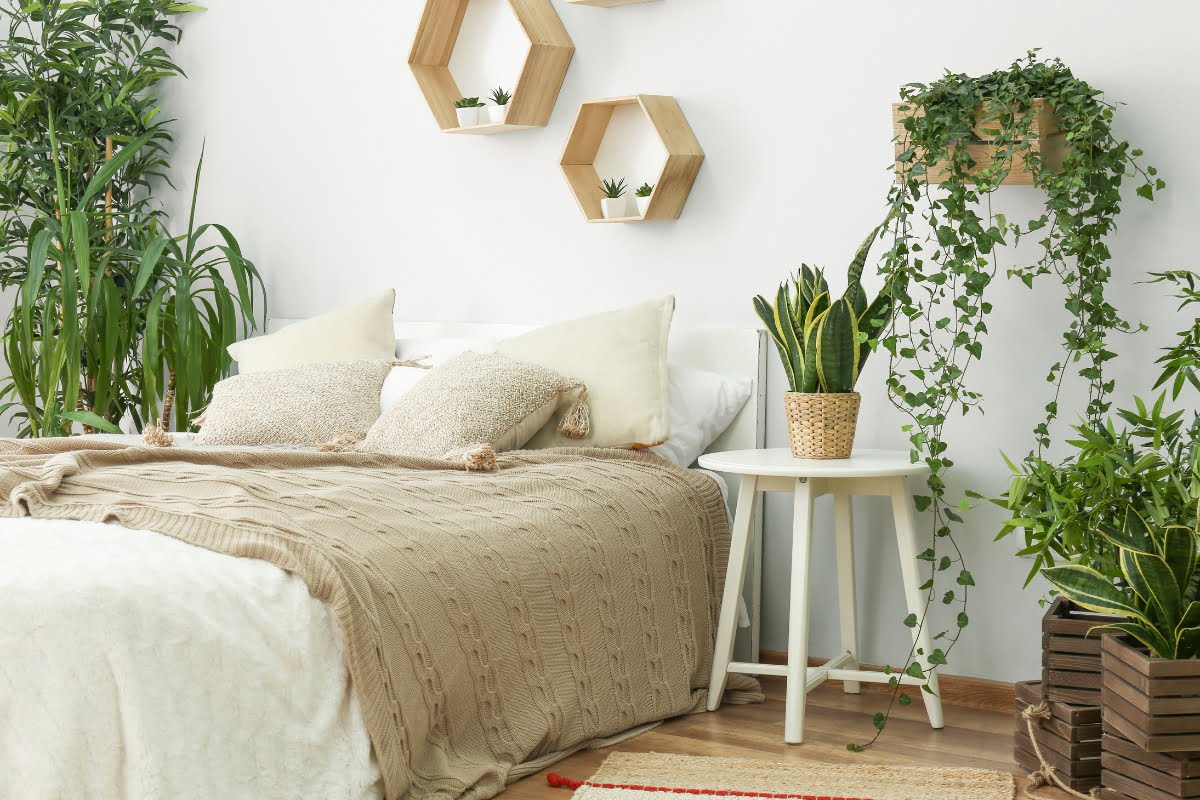
When designing a healthy home, the selection of materials plays a crucial role in promoting both sustainability and wellness.
Mindful material selection involves choosing eco-friendly, non-toxic materials that are safe for human health and have a minimal environmental footprint. This approach ensures that the home remains a healthy living space while also contributing to broader sustainability goals.
One key factor is opting for materials with low VOCs (volatile organic compounds) or those that are free from harmful chemicals. VOCs are often found in paints, finishes, and adhesives, and can lead to poor indoor air quality, causing health issues like headaches or respiratory problems.
Certifications such as GREENGUARD, Cradle to Cradle, and LEED help identify products that meet high standards for indoor air quality and sustainability, ensuring the materials used are both eco-conscious and safe for occupants.
Mindful material selection also extends outdoors. When planning landscaping, choosing native plants reduces the need for excessive water and maintenance, which conserves resources and supports local ecosystems.
By incorporating sustainable materials and practices, homeowners not only create a healthier living environment but also reduce their ecological impact, contributing to a more sustainable future for generations to come. This holistic approach supports both personal well-being and environmental stewardship.
The Psychological Impact of Color and Texture in Design

Color and texture play a significant role in shaping the emotional and psychological atmosphere of a space. The careful selection of these design elements can greatly influence mood, energy levels, and overall well-being within your living environment.
Warm colors like reds, oranges, and yellows evoke feelings of energy, warmth, and excitement. These colors can stimulate conversation and creativity, making them ideal for social spaces like living rooms, dining areas, or kitchens where you want to promote interaction and activity. However, using them sparingly in high-traffic areas is essential to avoid overstimulation.
In contrast, cool colors such as blues, greens, and purples have a calming and restorative effect on the mind. These hues are particularly effective in bedrooms, bathrooms, or home offices—spaces where relaxation, focus, or introspection is desired. Soft blues can lower stress levels, while greens bring a sense of balance and renewal.
Texture also adds depth and character to a room. Incorporating natural textures like wood, stone, or wool can create a cozy, grounded feel, reinforcing a connection to nature.
Smooth, sleek materials like glass or metal, on the other hand, convey a modern, minimalist aesthetic, adding a sense of sophistication to the space. Together, color and texture transform both the visual and emotional experience of a room, promoting comfort, balance, and well-being.
Implementing Feng Shui Principles for Balance and Energy Flow
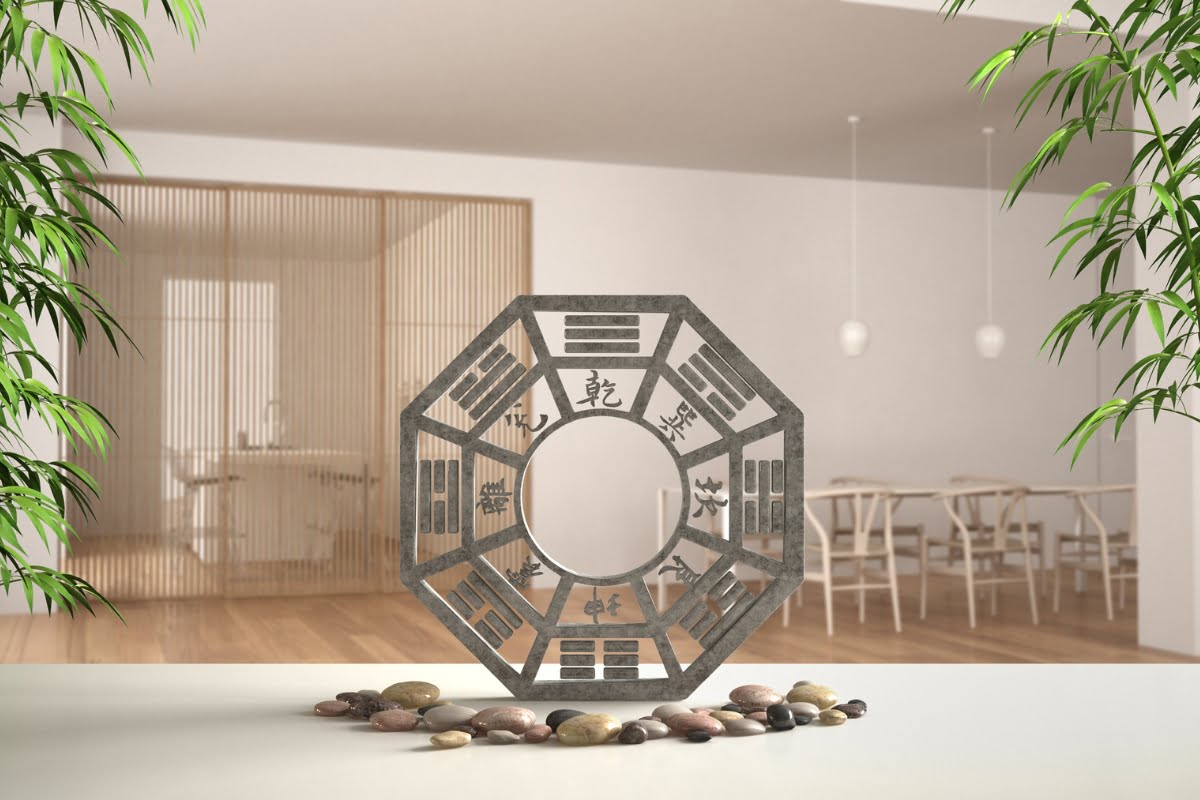
Feng Shui, an ancient Chinese practice, focuses on harmonizing individuals with their environment to promote positive energy flow. Create a harmonious atmosphere in your living space by integrating the principles of Feng Shui into your home design. This will not only enhance the visual appeal but also foster a sense of equilibrium and overall wellness.
When it comes to healthy home design, Feng Shui plays a crucial role in creating a space that nurtures both the body and the mind. By following key principles such as decluttering, incorporating natural elements, and optimizing the flow of energy, you can transform your living spaces into sanctuaries of health and harmony.
Decluttering is a fundamental aspect of Feng Shui that promotes a sense of clarity and organization in your home. By removing unnecessary items and ensuring that each object has its place, you can create a space that feels light and inviting. This decluttering process not only enhances the visual appeal of your home but also allows for the smooth flow of energy throughout the space.
Incorporating natural elements such as plants, water features, and natural light can further enhance the positive energy in your living spaces. Plants not only add a touch of greenery but also help purify the air and create a sense of tranquility.
Water features, such as fountains or aquariums, bring a sense of calmness and abundance to your home. Additionally, maximizing natural light not only brightens up your space but also uplifts the mood and creates a sense of openness.
Optimizing the flow of energy, known as Qi, is essential in Feng Shui to promote balance and harmony in your home. By arranging furniture in a way that allows for the smooth flow of Qi, you can create a space that feels harmonious and balanced. Avoiding sharp edges, incorporating round shapes, and using mirrors to reflect light and energy are all ways to enhance the flow of Qi in your living spaces.
Embracing Minimalism and Decluttering for Mental Clarity
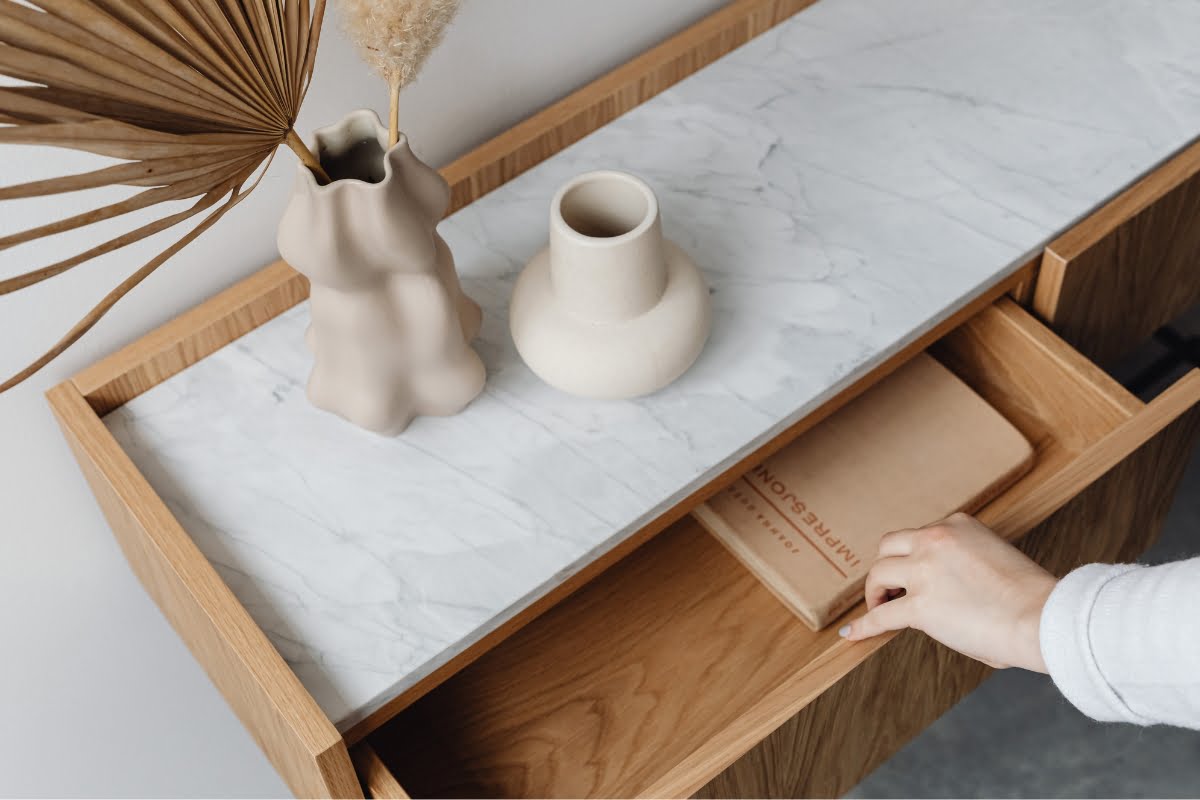
Embracing minimalism and decluttering can have a profound impact on mental clarity and overall well-being. In a world that often values excess and consumption, the principles of minimalism offer a refreshing approach to both physical spaces and mental landscapes.
One of the core benefits of minimalism is reducing physical clutter. Clutter can overwhelm the senses and contribute to feelings of stress or anxiety. When your surroundings are chaotic, it’s easy for your mind to feel the same way.
By decluttering your living space, you create an open, orderly environment that allows you to focus better, think more clearly, and reduce mental fatigue. This is especially important in workspaces, where a clean, minimalist environment can enhance productivity and creativity.
Minimalism also encourages intentional living. By simplifying your possessions and focusing on quality over quantity, you become more mindful of the things you truly need and value.
This shift in perspective can help reduce decision fatigue, as having fewer items means fewer distractions and choices to make. When your space is curated with only the most meaningful or functional items, it’s easier to prioritize what matters in both your personal and professional life.
In addition to the mental benefits, minimalism can also promote a sense of emotional freedom. Letting go of unnecessary belongings, especially those tied to past experiences, can release feelings of attachment or guilt. This process can be liberating, helping individuals let go of emotional baggage and move forward with greater clarity and purpose.
Moreover, adopting a minimalist lifestyle can promote sustainability. By reducing the need for constant consumption and focusing on durable, long-lasting items, minimalism aligns with environmentally conscious living.
Concluding Thoughts: Elevating Your Living Space for Optimal Health and Happiness
Your living space has the power to significantly impact your physical health, mental well-being, and overall happiness. Transform your living spaces into healthier, more vibrant environments with innovative home design solutions from Kitchen and Bath by Zeus.
Our team is dedicated to helping you create a home that reflects your style and promotes well-being. Contact us today at 404-602-2668 or fill out our online form to schedule a free consultation for property owners and start planning your dream space.


